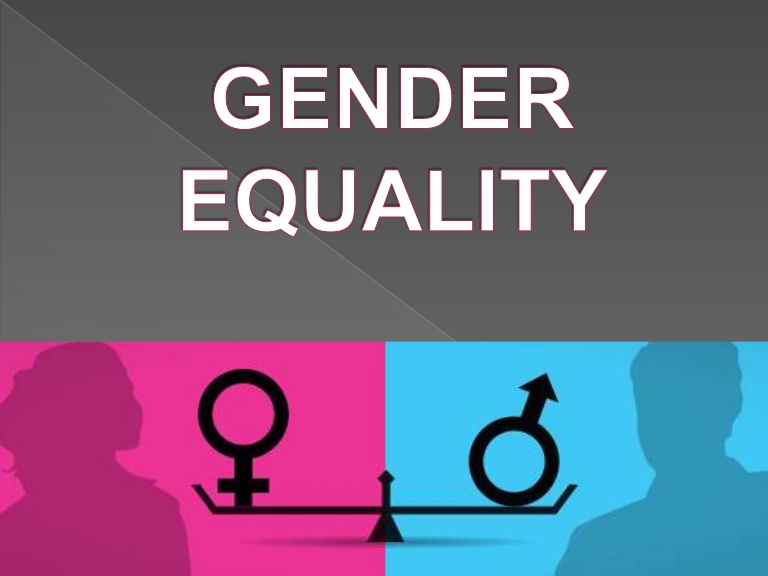Facts:
- McKinsey Report: “The Power of Parity
- If gender gap is filled by 2025 then Indian GDP could increase by 60%
- Gender inequality in India is extremely high at the workplace and in terms of legal protection and political voice.
- Economic development enables countries to close gender gaps, but progress on four indicators in particular:
- Education level
- Financial & Digital inclusion
- Legal Protection
- Unpaid care work
Could help to accelerate progress.
- India has among the worst levels of gender wage disparity (men earning more than women in similar jobs) with the gap exceeding 30% : ILO
- Only 33% of India’s internet users are female : UNICEF

Gender inequality is not just a gender issue that affects women, but it‘s also a socio-economic issue that adversely affects development. In this regard, critically examine how can government address gender inequality issue and why this issue needs urgent action. (200 Words)
Gender inequality is an age old issue that needs primary focus today. It cannot be viewed through prism of women alone but also from societal perspective where social and economic factors also do play a major role. Government need to address this issue so that equitable and harmonious development of society will sustain.
- Use of Technology like ‘Himmat’ app released by Delhi government. This must be replicated throughout the country for safety of women.
- Awareness among youth about ills of inequality and better focus on the issue from schools itself by including separate chapters or divisions from childhood to promote sense of equality.
- Creation of ‘SheCabs’ like that of Hyderabad where employment, empowerment is possible.
- Strict implementation of laws like prevention of sexual harassment at work place, 2012. Today though this is going unnoticed at large, but gender inequality is major among industries like IT. trainings to employees on gender equality and to women mechanisms to report their problems.
- Visible policing, Checks at public places, night patrolling, increase in women staff, separate women police stations(like that of Bangalore) must be implemented so that along with employment, safety security will be ensured.
There is a sense of urgency in this issue of gender inequality as the economic and social losses like low output due to these, suspicion and lack of enthusiasm towards employment among few sections, no education to women in few orthodox groups, low GDP, loss of international reputation. A country like India which aspires to be a leader or ‘Vishwa Guru’ cannot ignore such inequalities towards half of its population which is vital for its allround development.
Achieving gender parity in school education is sine qua non for ensuring the larger goal of women empowerment. In this regard, critically examine the progress made, roadblocks that exist and measures needed to overcome these roadblocks in achieving gender parity in school education. (200 Words)
Women Empowerment is 3rd of the 8 MDG, 2015 and given top priority for the Sustainable Development Goal, 2030 itself reflects its importance at global platform. Though the trickling down effect is low but consistent.
- School education is the cradle of the prejudice development. It imbibes various social frameworks which set with individual till it serves mankind. Therefore, gender parity at school level is prerequisite for achieving gender equality.
- Gender parity is an end where mean could be many. Social, economic, individual performance etc. is few to say.
- Government had made various provisions in this regard such as:
- Providing bicycle facilities to make girls self-reliant & confident.
- Gender sensitisation by co-education and games.
- Curbing drop-outs by providing sanitation facilities.
- Hostel & scholarship to continue and pre-matric & post matric education
- Rajiv Gandhi Scheme for Empowerment of Adolescent Girls (RGSEAG) –‘Sabla aims at all-round development of adolescent girls of 11-18 years by making them ‘self-reliant’.
- “Sahaas”, Women against Domestic violence, empowers mothers thus girls are learning to raise voice.
Roadblocks:
- Patriarchal society and bigotry approach of male member towards girl education.
- Poverty, lack of sanitation facilities
- Insecurity and lack of school infrastructure in nearby areas.
- Lack of legal mechanism & grievance redressal for improving the status
- Social negligence and attitude.
Measure needed to overcome the roadblock:
- Awareness among society about the silent apathy against women.
- Economic empowerment of women will have trickledown effect on social empowerment which will change the environment of girls.
- Legal security and institutional mechanism for grievance redressal.
- NGO, private sector and government should adopt holistic approach as facilitator of enabling environment.